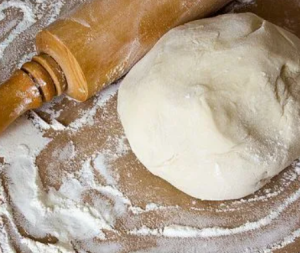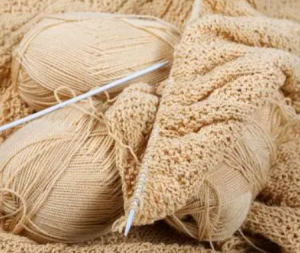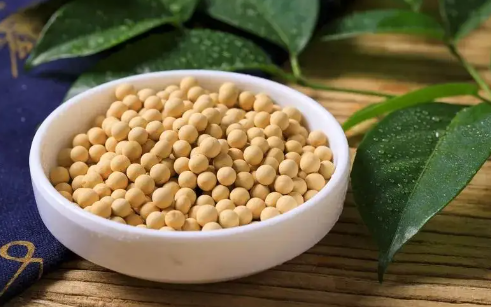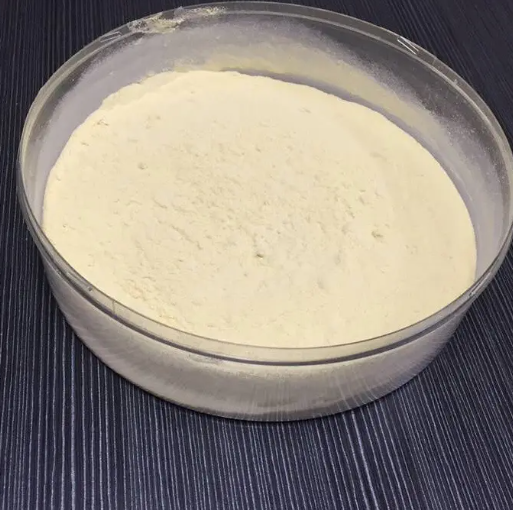Lecithin, also called soy lecithin, is a natural emulsifier that comes from fatty substances found in plant tissues. It is derived from soy beans either mechanically or chemically and is a byproduct of soy bean oil creation. The end product is a light brown powder that has low water solubility.
As an emulsifier, it works to blend immiscible ingredients together, such as oil and water, giving way to stable preparations.
Aside from being used as an emulsifier, soy lecithin is also used in creating foams, airs, mousses and other aerated dishes that are long lasting and full of flavor. It is also used in pastries, confections and chocolate to enhance dough and increase moisture tolerance.


When used as an emulsifier, soy lecithin can be whisked directly into the liquid of choice. A concentration of 0.5% to 1% of the liquid's weight may be used depending on the desired outcome of the preparation.
In the preparation of foams, the lecithin can be added to the liquid with dosage ranging from 0.3% to 0.8% and aerated with a hand blender just below the surface of the liquid. The resulting foam may be skimmed off for use and will remain set for upwards or 15 or 30 minutes.
As with most ingredients, dosage and concentration for soy lecithin will depend on the ingredients used, specific properties desired in the resulting preparation, as well as other conditions.
The phospholipid products used in agriculture and agricultural products are generally concentrated phospholipids.
Application in rubber
Adding proper amount of phospholipids to natural rubber, synthetic rubber, hard rubber and recycled rubber has the functions of softening, dispersing, promoting vulcanization and anti-aging.
Application in paint, ink and photosensitive agent
Phospholipids can be used as antioxidants, color enhancers, catalysts, modifiers, dispersants, emulsifiers, grinding aids, coating aids, wetting agents, stabilizers, viscosity modifiers, etc. It can disperse the pigment evenly and prevent precipitation; Stabilize the water-based coating; Make the dry skin film shiny; It can also improve the fluidity of printing ink.


Application in detergent
Phosphatids can improve the ability of anionic detergents to remove dirt from dry or baked dishes, and the cleaning ability of detergents containing alkali metals and soap. In addition, phospholipids can improve the detergency of N-glutamate.
Application in national defense industry
In the national defense industry, phospholipid is more prominent. As an additive of solid rocket propellant, it plays its excellent surface active role and greatly improves the fluidity and leveling of solid propellant during pouring. It can improve the quality of the propellant in the rocket engine and enhance the mechanical, physical and mechanical properties.
Application of plastic products and woven goods
In the dyeing of plastic products and woven goods, the addition of phospholipids can prevent pigment precipitation.










